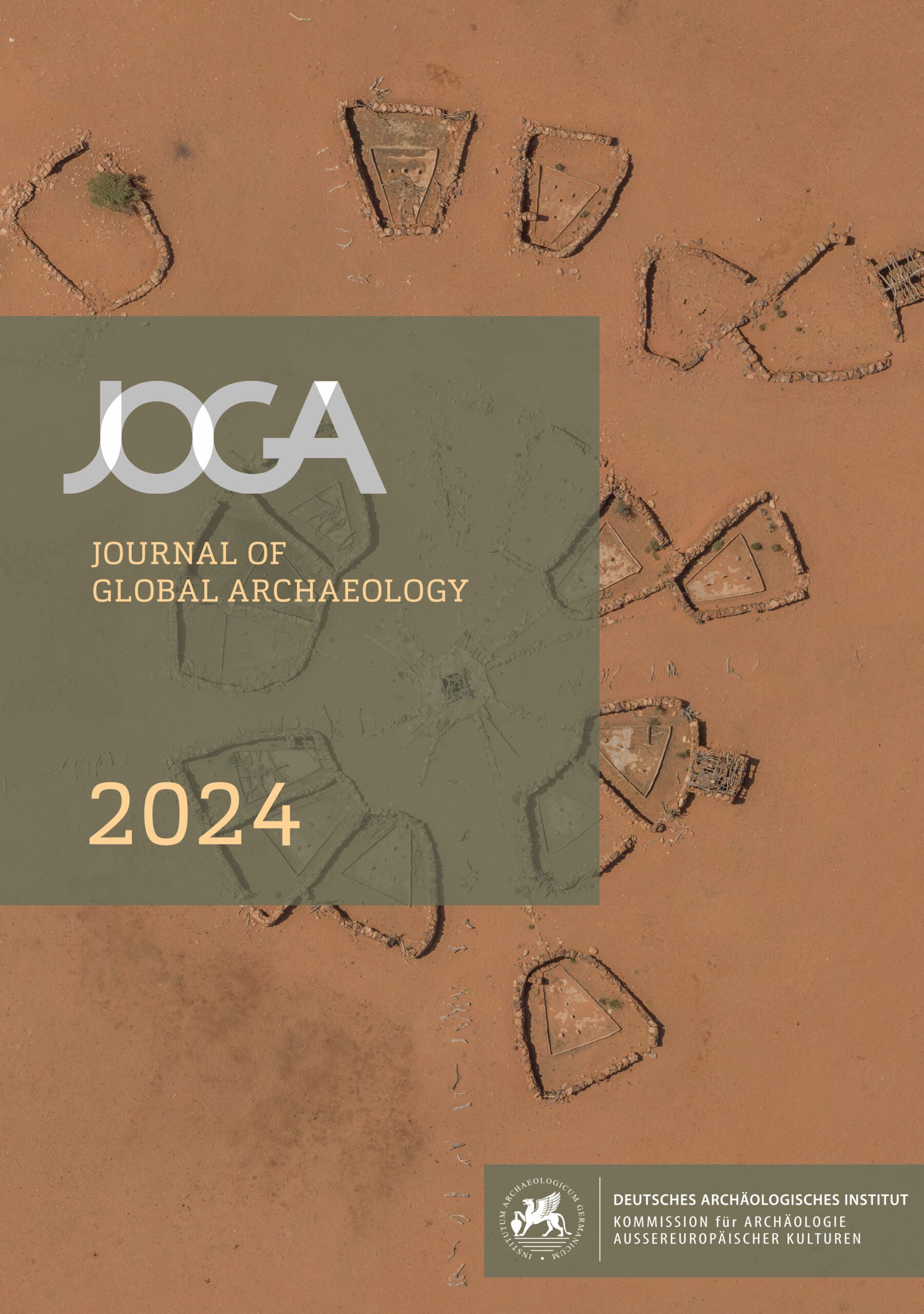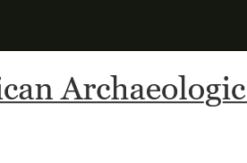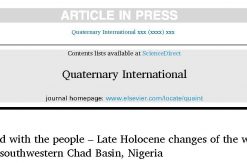Artikel – Projekt 05 – Cultivated Landscapes
A. Höhn / S.A. Dueppen / D. Gallagher / L. Lammers, The Archaeology of Shea Parklands (Vitellaria Paradoxa) in Burkina Faso. Journal of Global Archaeology 2024, 156–185. DOI: 10.34780/hsrn4z77
Abstrakt:
Thousands of years of farming and herding have transformed much of the West African savannas into parklands, cultivated landscapes dotted with trees and shrubs. Various useful multipurpose trees are protected within this type of agroforestry system, among which the shea tree (Vitellaria paradoxa) is widely valued for the butter extracted from the seeds. While there is evidence of its use and management in historic times, the development of the shea-dominated parklands in more distant times remains unclear. At Kirikongo, archaeobotanical analysis of the carbonized shea seed shells found evidence for management of trees for shea butter production during the 1st millennium AD. Here we complement this research with the analysis of wood charcoal preserved in the same site. The results show that exploitation of shea nuts does not exempt the use of shea wood. In line with other archaeological evidence, we argue that the increase of shea charcoal fragments as well as their later decrease during the 1500 years of settlement represent the development and retraction of a shea park.





